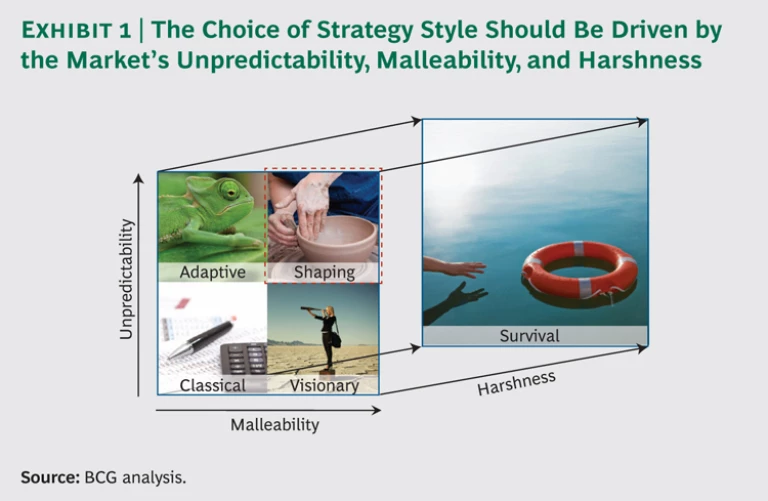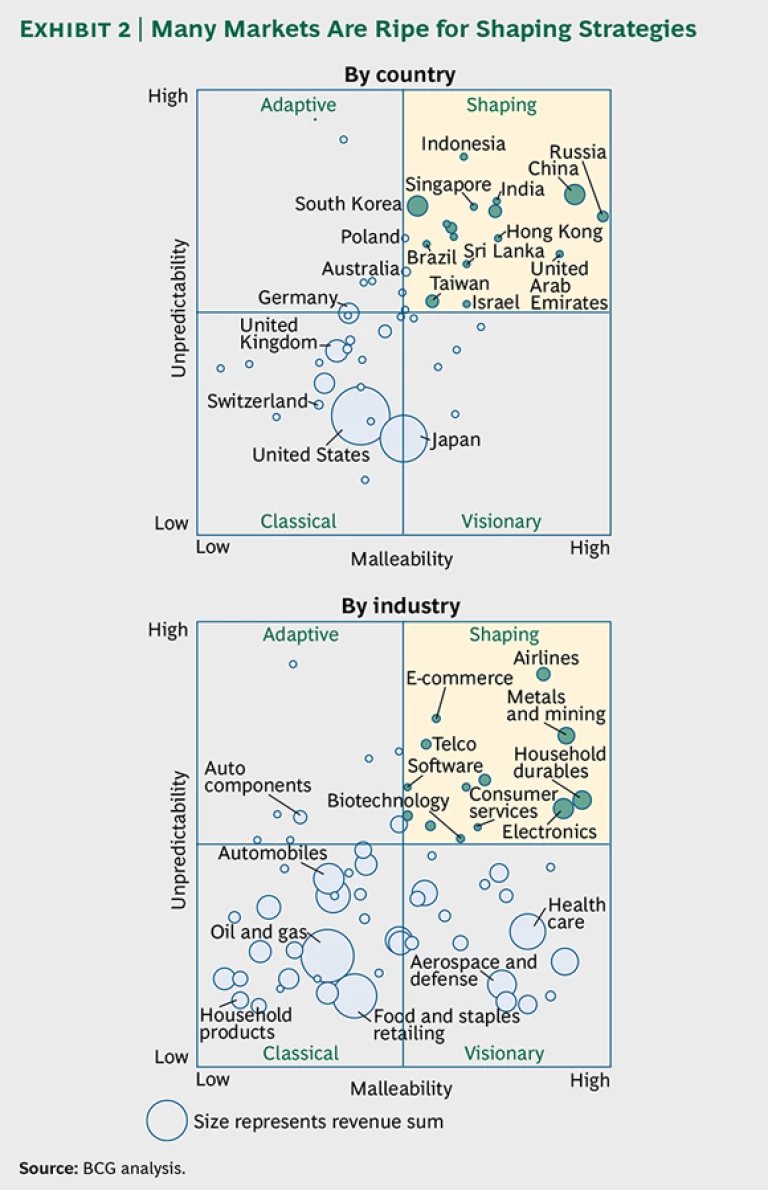Have you heard of Sir Hiram Maxim, inventor of the light bulb? Maxim is, in fact, one of a host of inventors who, along with Thomas Edison, could be credited with developing the first viable technology. Yet Edison’s is the name universally linked to the invention. Why?
Edison’s light bulb would ultimately prove technically superior to those designed by his contemporaries. But the main reason Edison’s name is forever associated with the light bulb is his ability to successfully shape the environment necessary to commercialize his invention. At the first public demonstration of his bulb in Menlo Park in 1879, Edison proclaimed, “We will make electricity so cheap that only the rich will burn candles.” Only two years later, he switched on his company’s first power station, in lower Manhattan. Within five years, Edison’s distribution network numbered more than 120 stations, backed by supporting Edison inventions such as the Edison Jumbo generator, the Edison electrical feeder, and parallel distribution.
But Edison did not limit his shaping activities to the physical domain. He also worked to conquer the hearts and minds of stakeholders. When alternating-current technology challenged the direct-current technology on which his distribution system depended, for example, Edison unleashed a publicity campaign to convince the public and regulators that the new technology was unsafe.
More than a century later, companies are deploying similarly powerful shaping strategies to take advantage of profound shifts occurring in many industries, sectors, and regions. Global health-care company Novo Nordisk, for example, engaged regulators, doctors, and patients to shape the Chinese diabetes-care market to the company’s advantage. Facebook opened its platform to outside developers—and leveraged the resulting ecosystem to overtake its competition. Southwest Airlines successfully reshaped a mature market by unleashing its own disruptive innovation.
Like Edison, these companies understood that the unpredictable but malleable environment in which they operated required a shaping strategy. Let’s explore how they did this in seemingly very different markets.
The Shaping Imperative
“What we did initially, which is what we do everywhere in the world, is to start building a relationship with the government, explaining to them about diabetes, the problems they have, and starting to educate the whole public-health sector. To date, we have educated maybe 50,000 to 60,000 physicians in China about diabetes. So you could say our marketing in China has been education.” —
Shaping is one of five fundamentally distinct strategy styles or approaches to strategy. Like the others—classical, adaptive, visionary, and survival—it is suited to specific market environments. (For a full discussion of these styles, see “ Your Strategy Needs a Strategy ,” BCG article, October 2012.) A company’s choice of style should ultimately be driven by three factors: a market’s unpredictability, malleability (that is, the degree to which a company can influence competitive forces), and harshness. (See Exhibit 1.)
Conditions in many markets today lend themselves to shaping strategies. Unpredictability is rising, driven by globalization, ongoing advances in technology, increased transparency, and other factors. Simultaneously, many markets are becoming more malleable. High growth rates and fragmentation in new markets create opportunities to deploy new business models. Technological change creates opportunities for disruptive innovation. Demographic shifts create new markets whose development can be influenced. As governments wrestle with these dynamics, there is also potential for companies to shape regulation.
Three arenas are particularly suited to shaping strategies: emerging markets; young, dynamic industries; and mature industries ripe for disruption. (See Exhibit 2.)
Emerging Markets. Our analysis suggests that emerging markets are fully twice as unpredictable and malleable as mature
Novo Nordisk seized such opportunities when it moved to shape the Chinese diabetes market starting in the 1990s, well before the scale of the threat of diabetes in China was widely appreciated. The company’s efforts were multipronged. It invested in physician education, created an advisory board of key opinion leaders, and raised awareness through policy forums and other events. Novo’s engagement earned it a seat at the table with policymakers, which helped the company drive the development of nationwide clinical treatment guidelines for diabetes and educate patients.
Novo’s shaping of its environment formed a strong underpinning for growth. By 2010, the company had a greater than 60 percent share of China’s insulin market and roughly 35 percent of the country’s total diabetes-care market, double that of its nearest competitor.
Young, Dynamic Industries. These industries, such as software and Internet services, offer a similarly significant upside to those bold enough to shape them. Young, dynamic industries are intrinsically unpredictable: no one could have forecast with any accuracy the size, growth rate, and profitability of the markets created by the iPhone, Facebook, and fracking. Such industries are generally malleable, too: barriers to entry are low, products are new to regulators, and it is unclear which companies and business models will come out on top.
Facebook is a prime example of a company that shaped a young, dynamic industry. One of its smartest moves was to open its platform to outside developers in 2007, thus attracting all manner of applications. The company could not hope to predict how big or successful any given app would become—but it did not need to. By 2008, it had attracted 33,000 applications; by 2010, that number had risen to more than 550,000.
As the industry developed, and more than two-thirds of the successful social-networking apps turned out to be games, it was not surprising that the most popular ones resided on Facebook. Even if the social-networking landscape were to shift dramatically, chances are, by virtue of pure numbers, that the most popular applications will still be on Facebook. By creating a flexible, popular platform, the company actively shaped the environment to its advantage—rather than merely staking out a position in an existing market or reacting to changes after they occurred.
Mature Industries Ripe for Disruption. Many mature, seemingly staid industries can also be ideally suited to shaping strategies. Unpredictability can flare up in these markets, and low growth and limited innovation can force companies to find new revenue models. Dissatisfied customers may become hungry for alternative products and services. Mature industries can also become malleable, particularly if the industry experiences sudden changes in regulation or technology, which can weaken incumbents.
Take airlines as an example. By the 1980s, the industry had become a low-growth, relatively fragmented market. Southwest Airlines shook the industry with the launch of a disruptively innovative business model centered on low costs, no-frills service, quick turnarounds, and point-to-point flights. The model was the basis for Southwest’s shaping strategy, which took incumbents by surprise and shifted the basis of competition.
Southwest complemented this by successfully leveraging a broad range of stakeholders. It forged mutually beneficial relations with secondary airports, allowing it to bypass hubs dominated by established airlines. It actively involved itself in local economies, giving the company a seat at the table with policymakers. This has been a winning strategy. Southwest marked its fortieth consecutive year of profitability in 2012 and has inspired a generation of low-cost airlines.
Shape Up!
Successful market shapers such as Novo Nordisk, Facebook, and Southwest Airlines demonstrate a number of critical capabilities that aspiring shapers must embrace and develop. Foremost among them are the following:
- Recognize the opportunity. Companies must determine whether their market is indeed ripe for shaping based on its unpredictability and malleability. Unpredictability can be gauged by volatility in market capitalization, demand, profitability, and competitive positioning. Malleability can be assessed through growth rates, returns to scale, industry fragmentation, and ripeness for disruption.
- Deal with unpredictability. Environments that can be shaped are rife with uncertainty. To negotiate this, companies must employ several adaptive behaviors. First, they must continuously scan the environment, recognize changing dynamics, and respond in real time. (See “
Signal Advantage
,” BCG Perspective, October 2010.) Second, they must ensure that their organization has sufficient flexibility through a modular structure that fosters collaboration and experimentation, supported by leadership that values risk taking and is open to ideas from outside the company. (See “
People Advantage
,” BCG Perspective, March 2010, and “
Adaptive Leadership
,” BCG Perspective, December 2010.) Third, companies must experiment continuously, since predicting which products or strategies will be successful can be increasingly difficult. (See “
Simulation Advantage
,” BCG Perspective, August 2010.)
- Influence stakeholders. Companies must influence stakeholders through intimacy, collaboration, and advocacy and strive to develop close relationships with key opinion leaders and decision makers, working to understand their motivations. Companies need to demonstrate that they are acting not just in their own narrow interests but in the interests of all stakeholders.
- Demonstrate commitment. Companies must walk the talk. Advocacy alone is not enough; a business that aspires to shape a market must show credible commitment through investment and transparency.
- Develop an ecosystem. Once stakeholders are convinced and commitments have been made, a company can accelerate change by building a multicompany ecosystem. The company should design incentives that turn the arrangement into a win-win for all participants. It should also take steps to orchestrate collaboration among participants when necessary and ensure sufficient diversity and depth of partners. It should endeavor to create an environment in which transparency and feedback drive collective learning.
- Innovate disruptively. Finally, would-be shapers should seek to leverage disruptive innovation by redefining their business model after looking externally and asking if there are customer needs that could be solved better or differently. Disruptive innovation, such as the launch of Apple’s iPhone, can play a substantial role in shaping an environment—and make a company a very attractive partner.
In today’s increasingly turbulent business world, shaping strategies stand to become ever more necessary and valuable. Companies that fail to recognize the opportunity and seize the moment to shape their circumstances risk being shaped by them.










